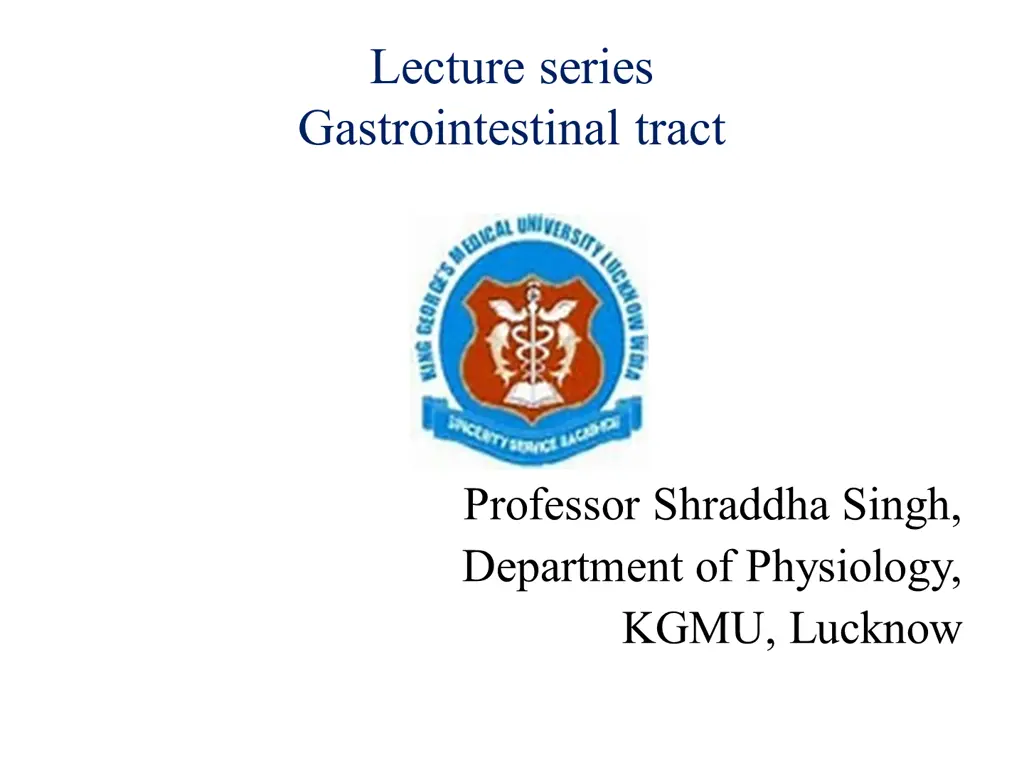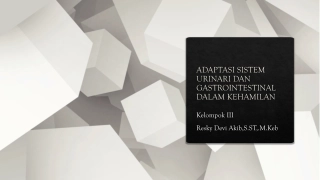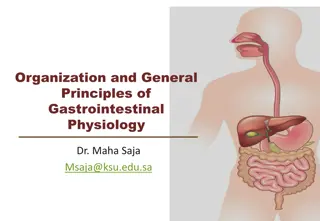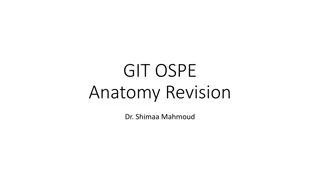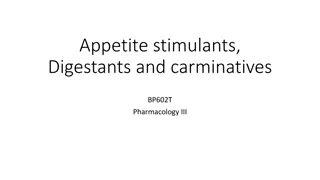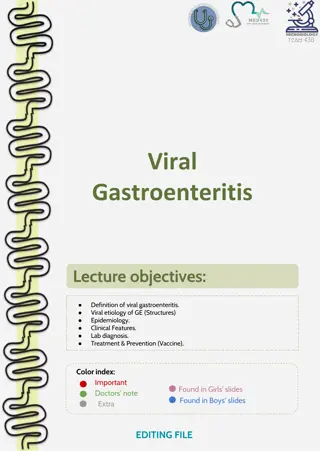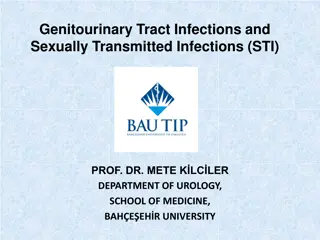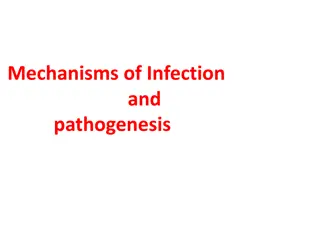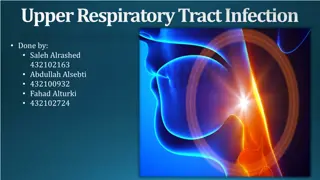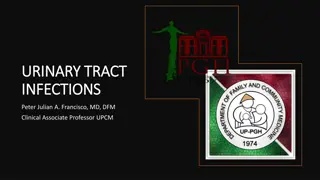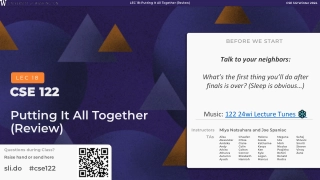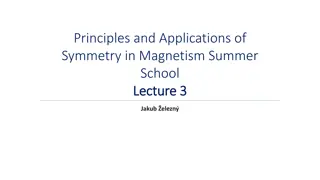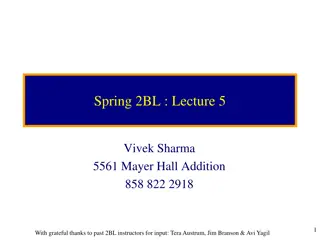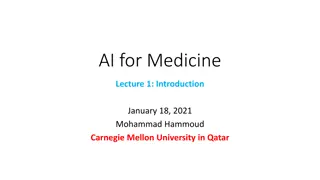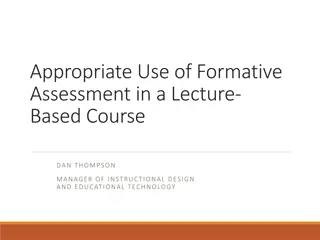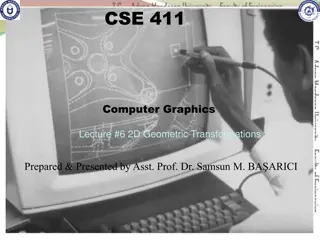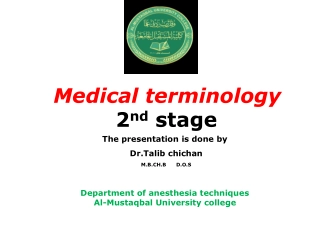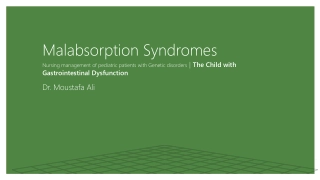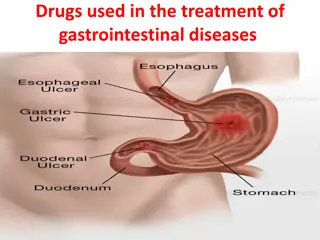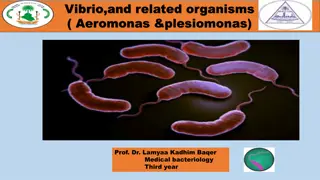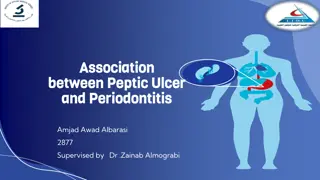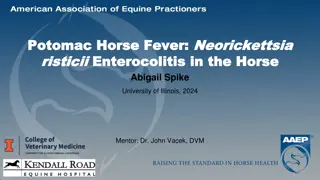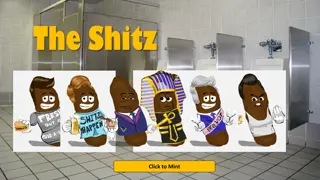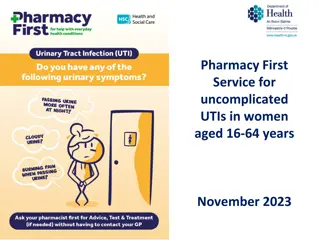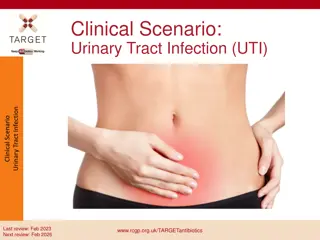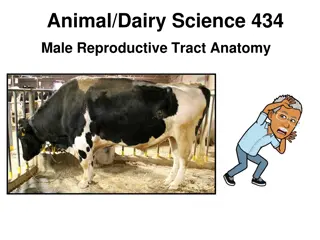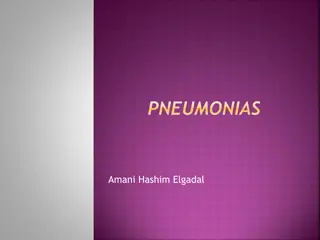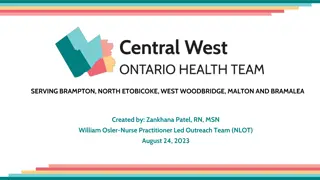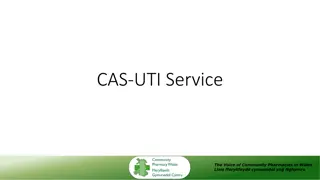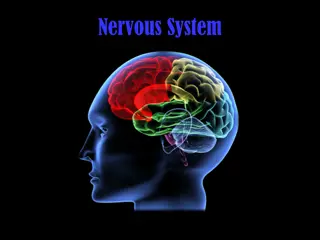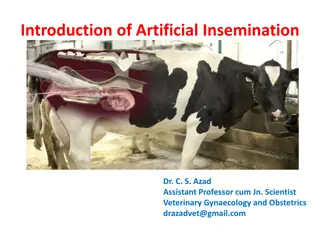Lecture series Gastrointestinal tract
Professor Shraddha Singh from the Department of Physiology at KGMU in Lucknow presents a comprehensive lecture series on the gastrointestinal tract.
- lecture series
- gastrointestinal tract
- Professor Shraddha Singh
- Department of Physiology
- KGMU
- Lucknow
Download Presentation

Please find below an Image/Link to download the presentation.
The content on the website is provided AS IS for your information and personal use only. It may not be sold, licensed, or shared on other websites without obtaining consent from the author. Download presentation by click this link. If you encounter any issues during the download, it is possible that the publisher has removed the file from their server.
E N D
Presentation Transcript
Lecture series Gastrointestinal tract Professor Shraddha Singh, Department of Physiology, KGMU, Lucknow
Learning objectives Introduction of Liver To describe the major components of bile To understand the biliary tract To describe some regulators of bile secretion Functioning of the gall bladder & the basis of gallstone disease.
Functional Units of Liver . Lobules which are made up of hepatocytes. Hepatocytes make up 70-80% of the liver s mass Surrounded by -Interlobular veins (branches of hepatic vein that empty into the vena cava) -Interlobular arterial branches (proper hepatic artery) -Bile ductus- series of ducts form the common -hepatic duct - Bile canaliculi - Canals of Hering -Interlobular bile ducts -Intrahepatic bile ducts - Left and right hepatic ducts
Functions of the Liver Metabolic Storage Excretory/Secretory Protective Circulatory Coagulation
What is bile ? Bile (termed hepatic bile ) is produced and secreted by the tiny vacuoles in hepatocytes From the hepatocyte bile secreted into bile canaliculi, Then traverses a series of bile ducts, finally in to the common hepatic duct(CHD)
Bile from hepatocytes Common Hepatic Duct make a junction with cystic duct to form common bile duct(CBD) From this junction, bile can move through either the CBD into the duodenum or the cystic duct to the gallbladder
Composition of Bile Bile is made up of bile acids, bile pigments and other substances dissolved in alkaline electrolyte solution. Bile salts are synthesised by hepatocytes and bile pigments are picked up from blood sinusoids. Daily secretion: 500 -1000 ml. Colour: Yellow Taste: Bitter
Bile Acid Synthesis Bile acids are produced by hepatocytes as end products of cholesterol metabolism. Cholesterol is selectively metabolized by a series of enzymes that result in the formation of bile acid Chenodeoxycholic acid and cholic acid are referred to as primary bile acids because they are synthesized by the hepatocyte
Bile acids cholic acid & chenodeoxycholic acid reach duodenum through bile and in the small intestine and colon they are converted into secondary bile acids- deoxycholic acid and lithocholic acid by bacterial action.
Bile Acid Synthesis The rate-limiting step is catalyzed by: Cholesterol 7- -hydroxylase Down-regulated by end products (bile acids) Enzyme repression Up-regulated by cholesterol Enzyme induction
Bile Salts formation Addition of glycine or taurine result in the presence of fully ionized groups at pH 7.0: -COOH of glycine & -SO3of taurine (hence, its name as bile salts e.g., Sodium or potassium glycocholate)
Functions of bile acid Emulsification and digestion of fats. Stimulate formation of bile by hepatocytes= choleretic action Stimulate release of bile from gall bladder= cholegauge action Absorption of fats Increased absorption of lipids into enterocytes (include vitamin A, D, E, K) Form route for removal of cholesterol and bilirubin
Formation of bilirubin Life span of RBC is 120 days RBCs are phagocytosed and/or lysed Normally, lysis occurs extravascularly in the reticuloendothelial system subsequent to RBC phagocytosis Lysis can also occur intravascularly (in blood stream)
Pathway for RBC Destruction Hemoglobin
Bilirubin Bilirubin is transported to liver along with plasma proteins(= unconjugated ). Protein get separated and bilirubin gets conjugated with glucuronic acid(= conjugated ).
Most of bilinogen enters liver through enterohepatic circulation and is re- excreted through bile. About 5% of urobilinogen is excreted by kidney through urine. Some unabsorbed part is excreted through feces as stercobilinogen. This gives yellow color to urine and feces.
FUNCTIONS OF THE GALLBLADDER In normal individuals, bile flows into the gallbladder when the sphincter of Oddi is closed (ie, the period in between meals). In the gallbladder, the bile is concentrated by absorption of water Sustained release of bile as per requirements of food
Regulation of gall bladder secretions When food enters the mouth, the resistance of the sphincter of Oddi decreases under both neural and hormonal infl uences Fatty acids and amino acids in the duodenum release CCK, which causes gallbladder contraction Th e production of bile is increased by stimulation of the vagus nerves and by the hormone secretin, which increases the water and HCO 3 content of bile.
Gallstones-cholelithiasis Gall stones are the common cause of biliary tract obstruction in adults . Risk factors: 1. Age 2. Sex 3. Diet 4. Reduced biliary transit
References Lippincott s Illustrated Reviews: Physiology (2013) Medical Physiology, Updated second edition (walter F. Boron, MD, phd) Berne & levy, physiology, sixth edition, updated edition Ganong s Review of Medical Physiology, 26 t h e d i t i o n
